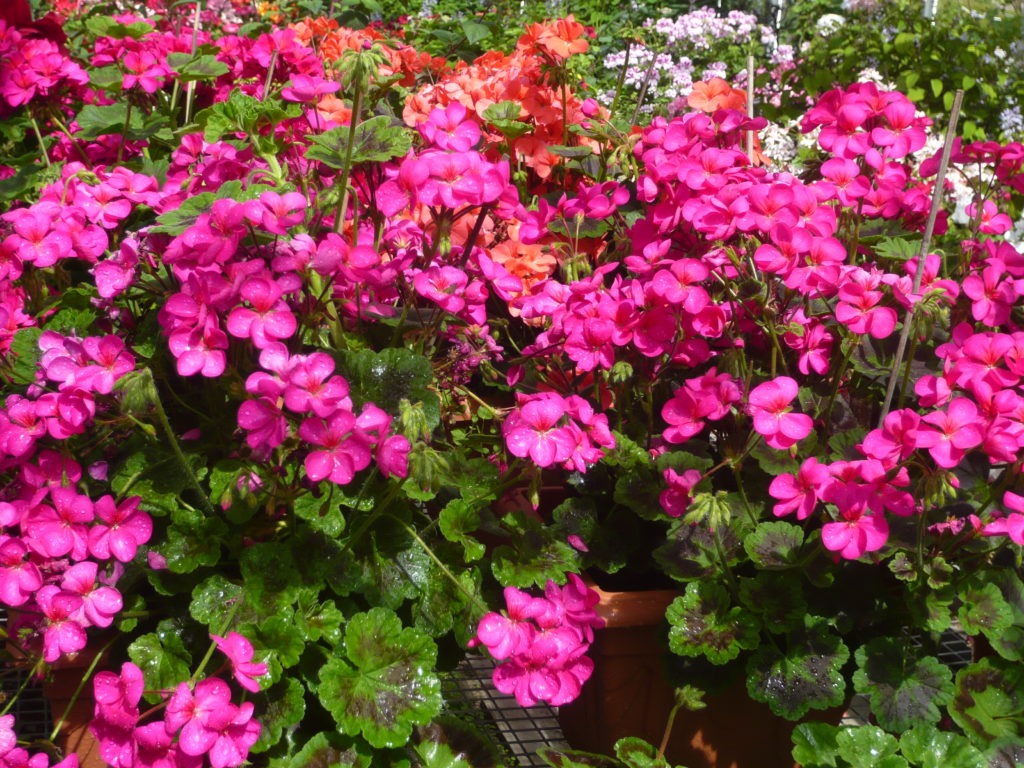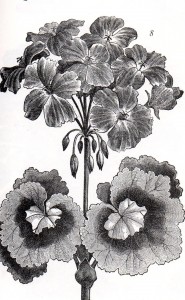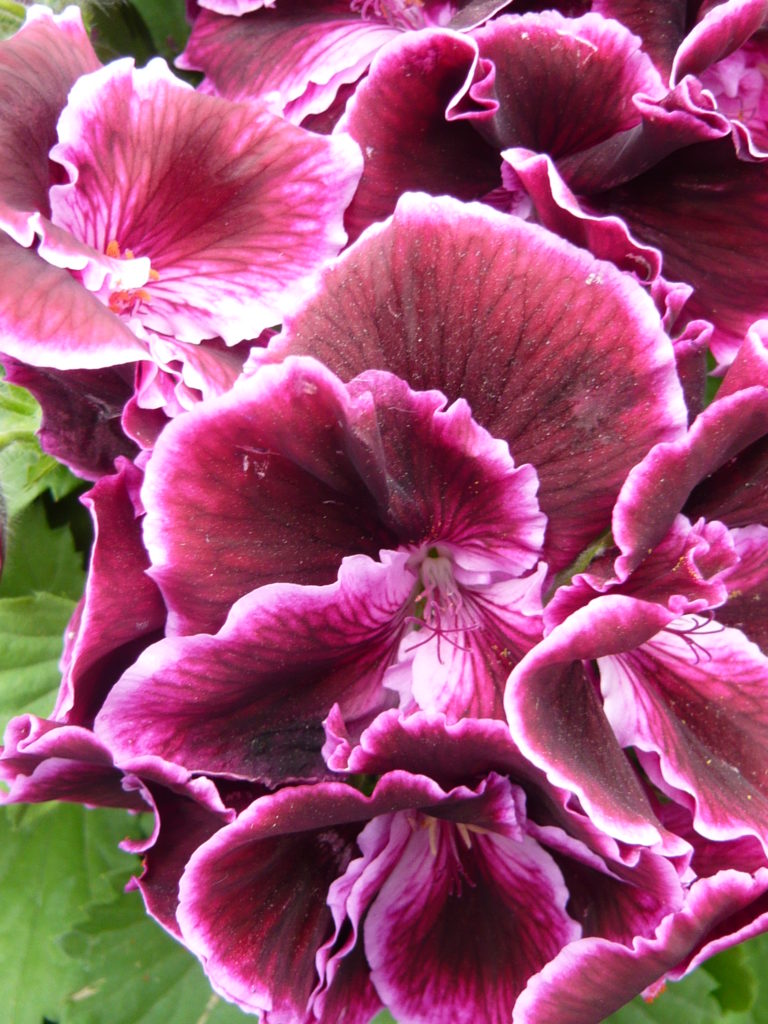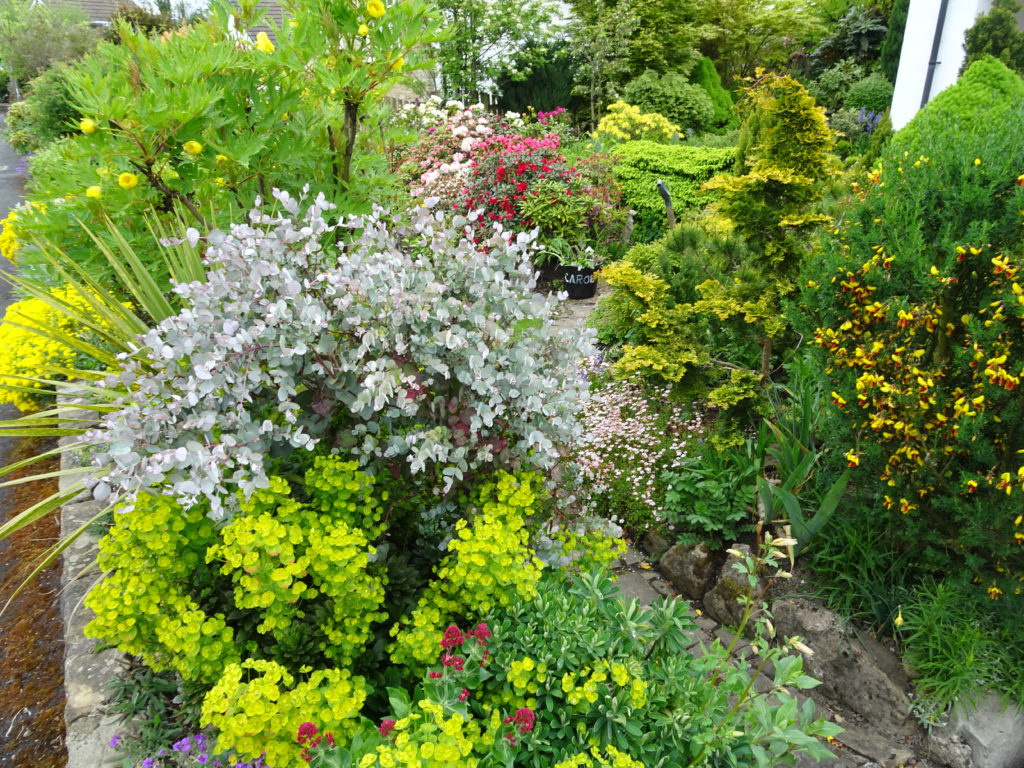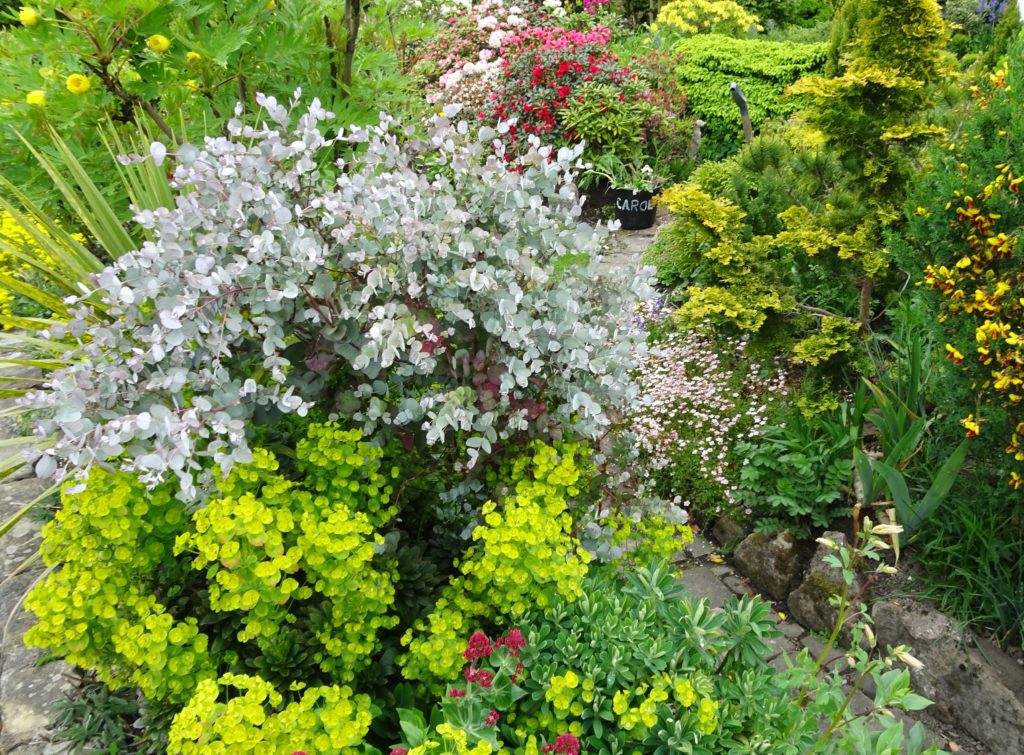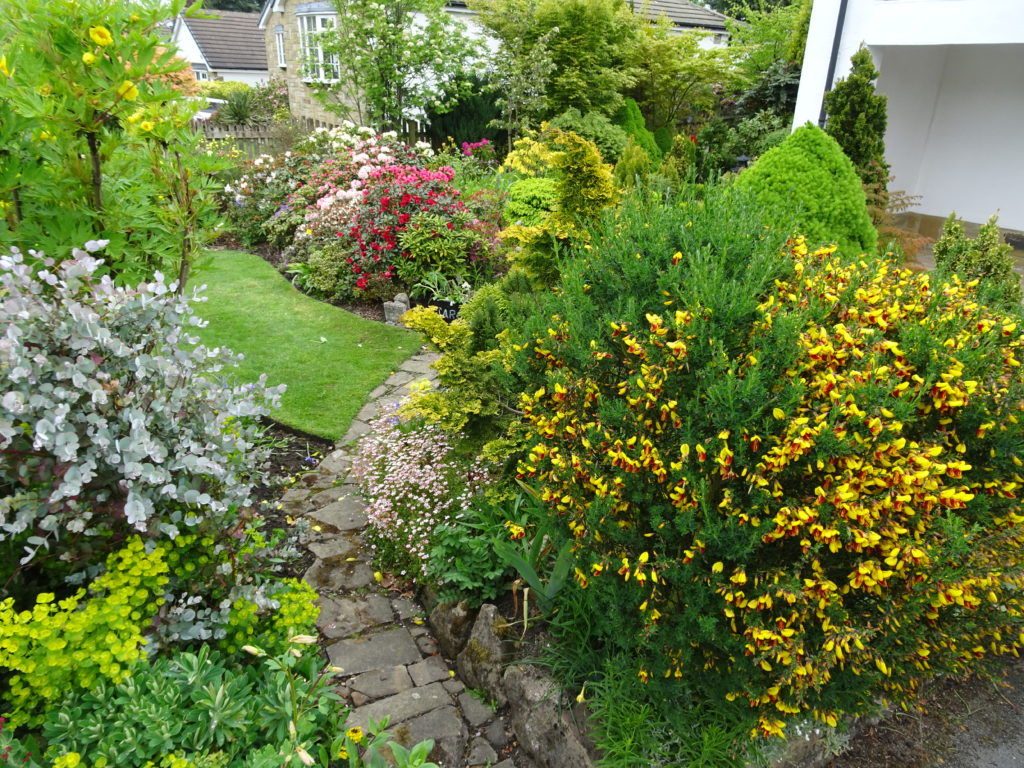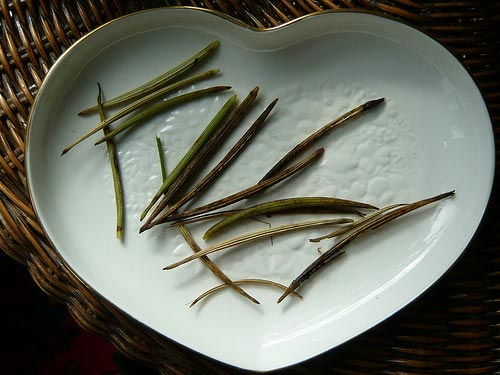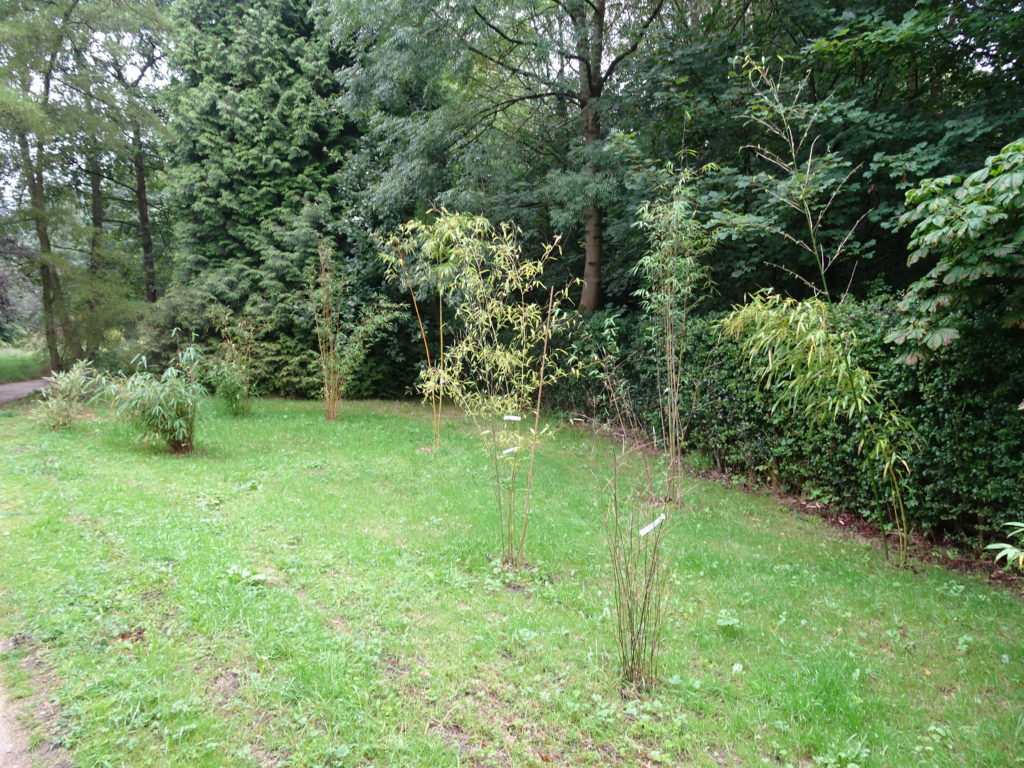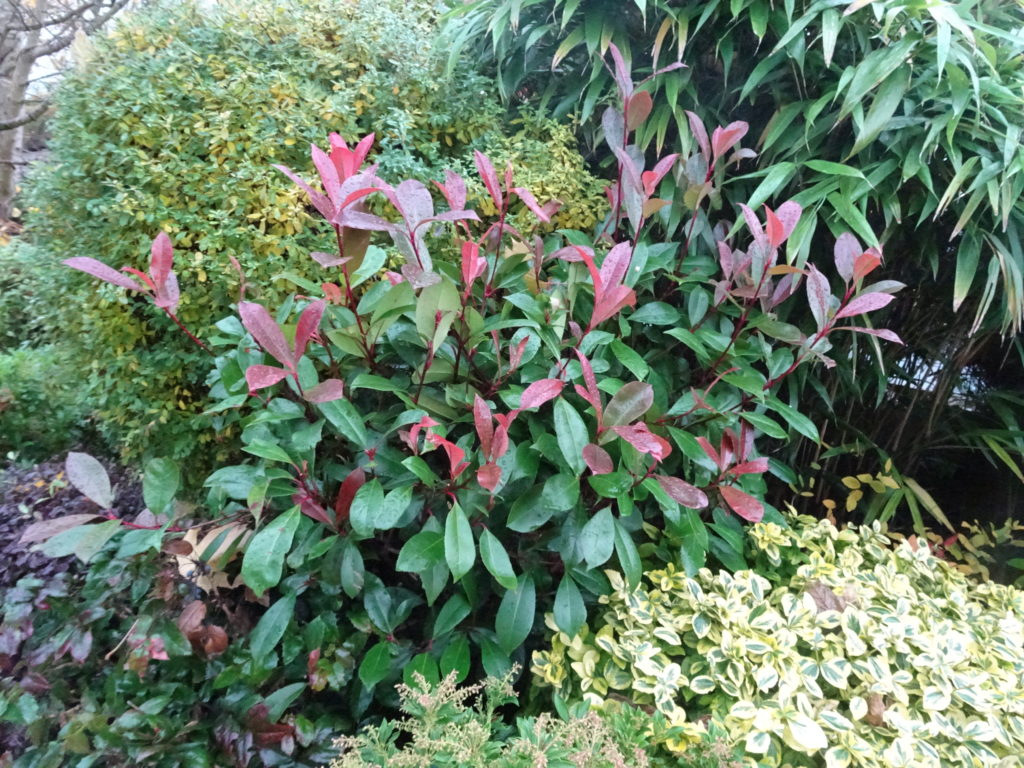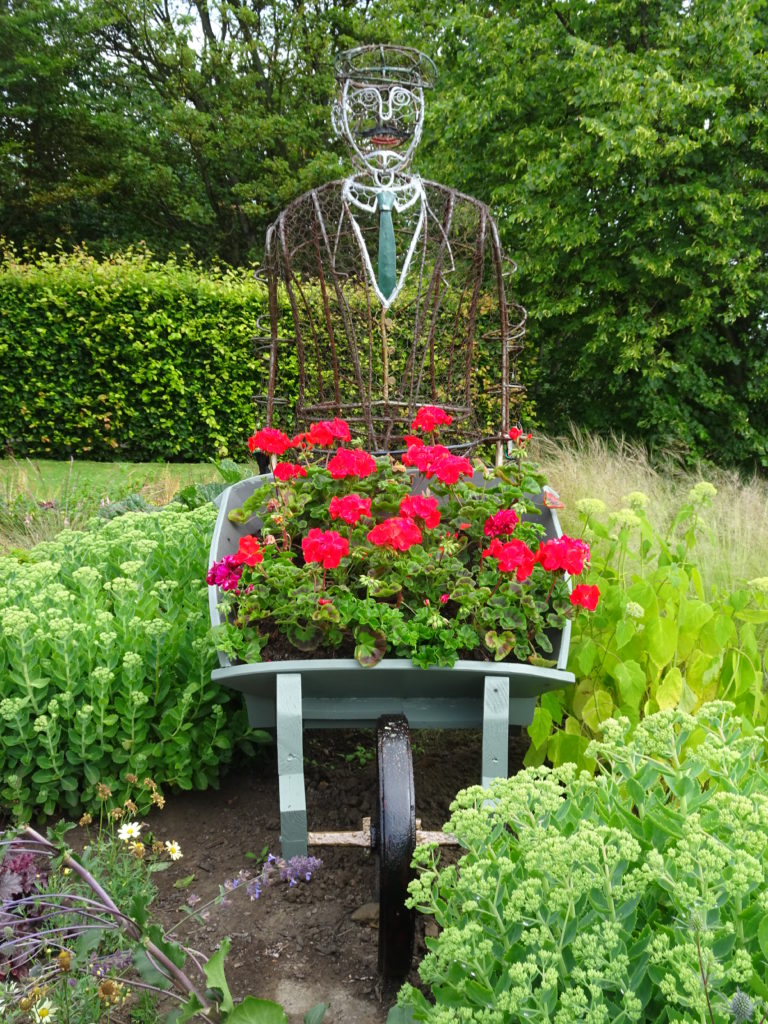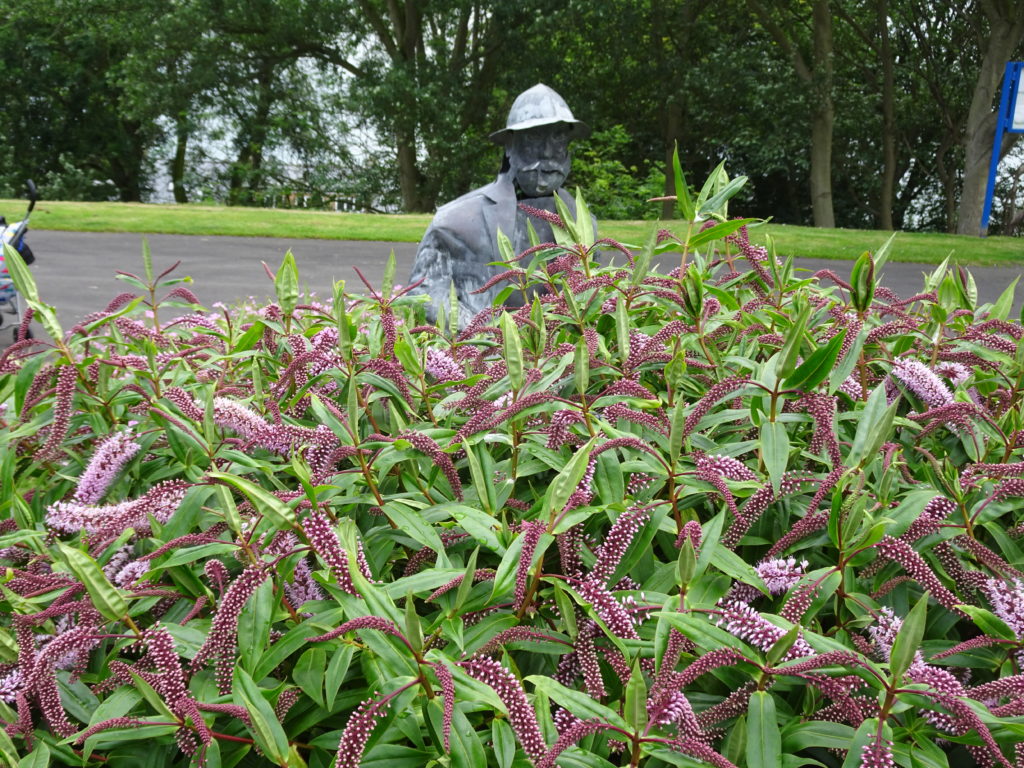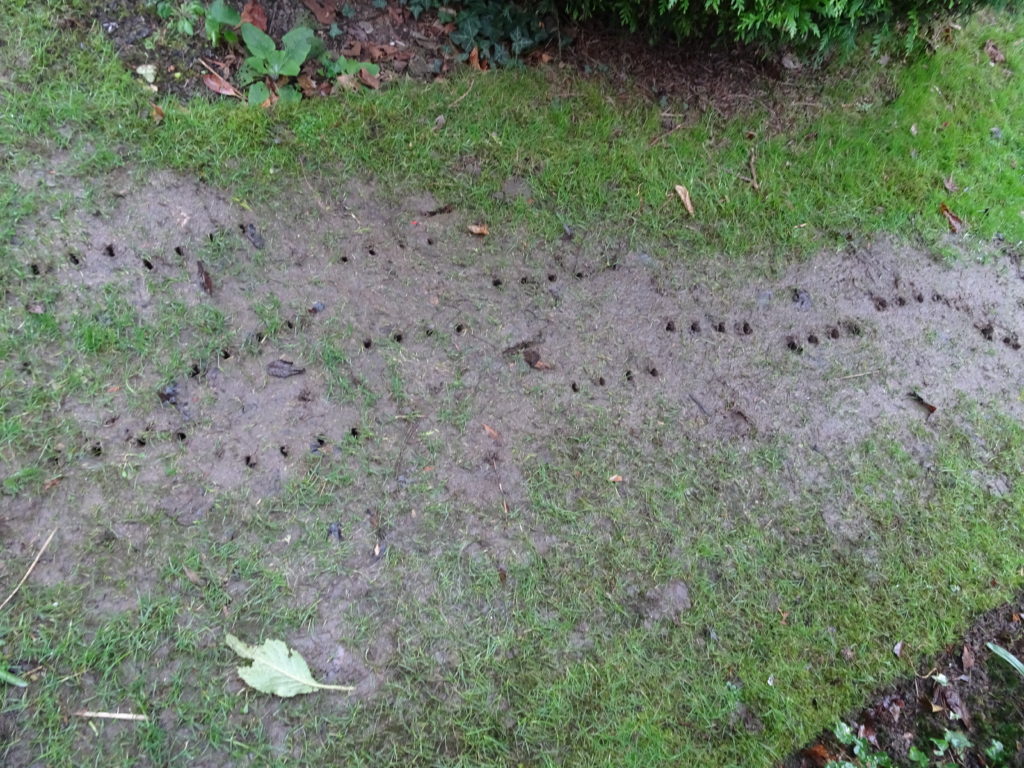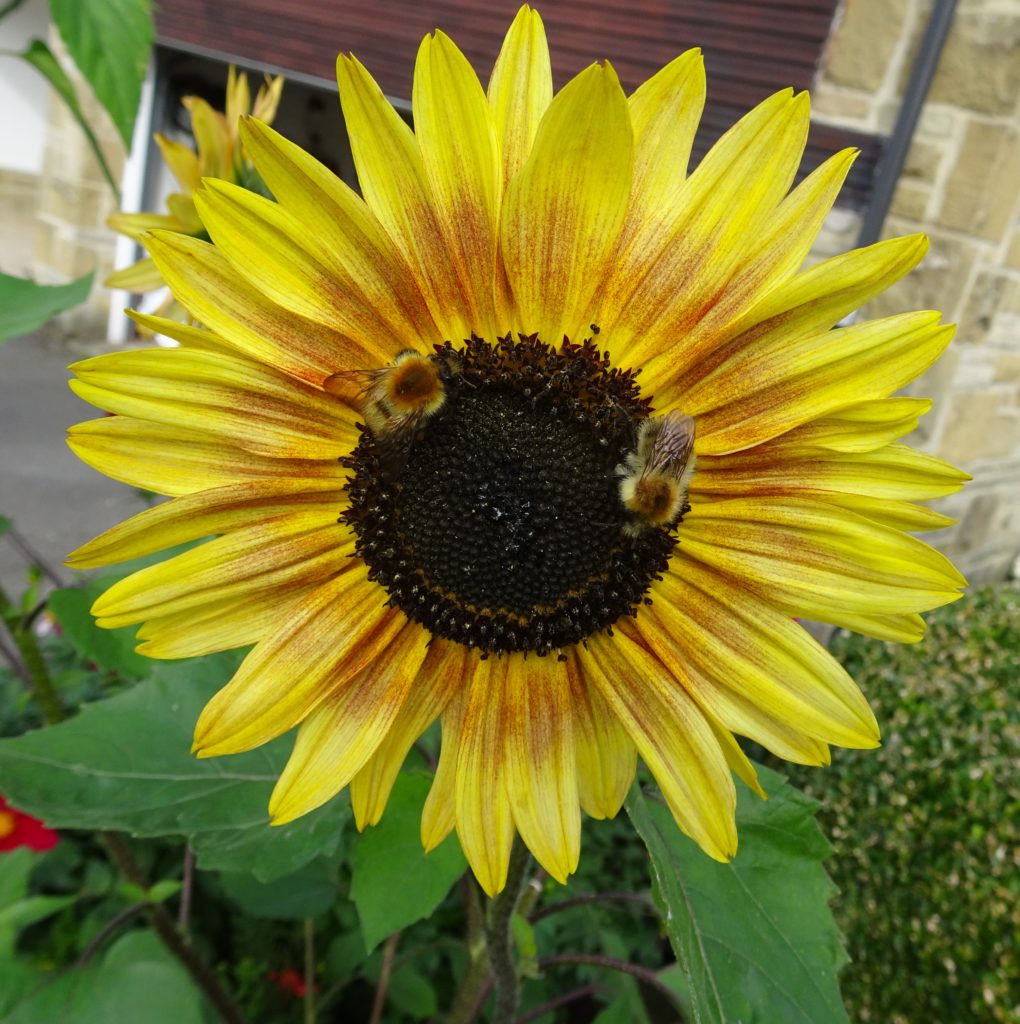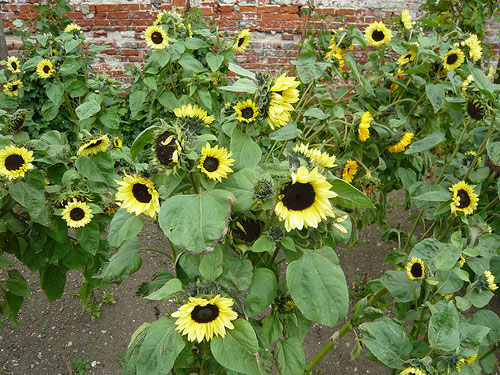Lush Time in the Garden
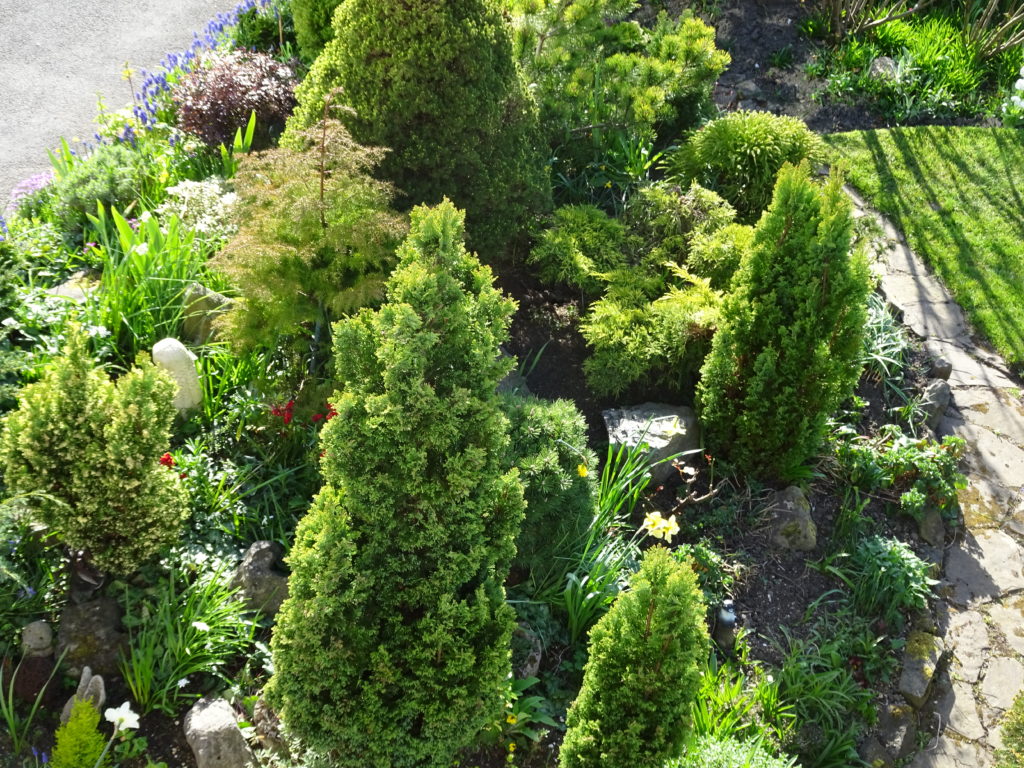
Where has all the rain gone? In winter there were floods aplenty so I was predicting water rationing by summer. Now it is mid May and the ground is parched and rock hard.
I was struggling to plant my dahlias when I heard my neighbor having even more trouble getting his spade in deep enough. I said I was worried about my next water bill and low and behold there it was on the doormat by lunch time.
Lush is as Lush Does
- To me green is the lush colour for all seasons. Other colours supplement or provide great highlights but the framework is green.
- Evergreens are therefore a mainstay of my garden particularly the 50 plus evergreen conifers that look lush through the year.
- It seems sad to eulogise dying foliage but this year the daffodils and blubells have clung on to the strappy leaves and provided some ground cover until I can get some annuals ready.
- The water table and morning dew has been enough to keep the grass green and I am resisting the temptation to cut too close.
- Two water barrels are not enough to allow me to water lavishly and 2 outdoor taps are a temptation. I and the garden will survive the rest of the year even though I predict summer floods.
